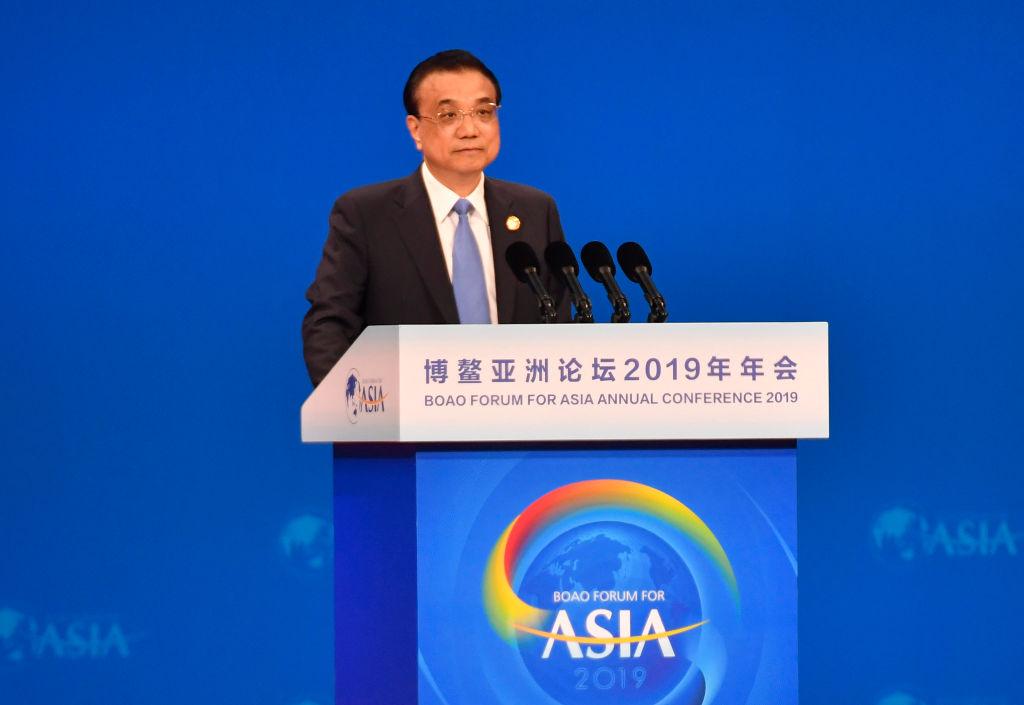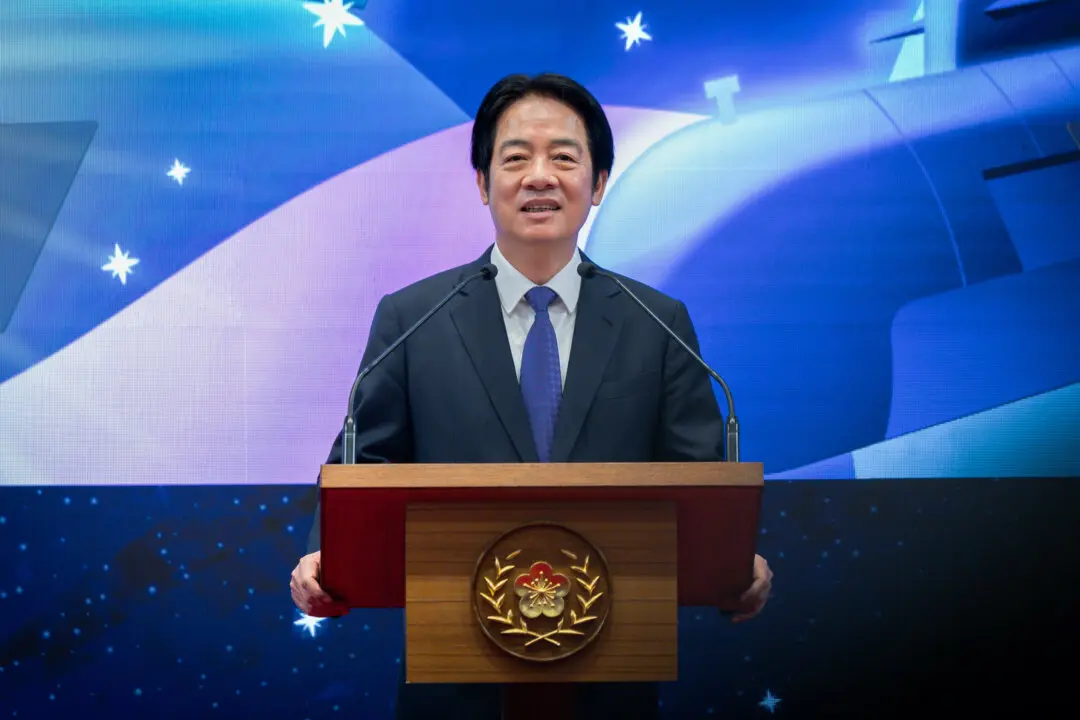When Chinese Premier Li Keqiang recently spoke at a national conference on entrepreneurship and job creation, his comments made it clear that unemployment is at the top of the Chinese regime’s agenda.
Speaking in Beijing on May 13, Li spoke of the all-time high in the number of new college graduates this year, which is sure to put pressure on the job market, according to a report by Chinese state-run media Xinhua.





